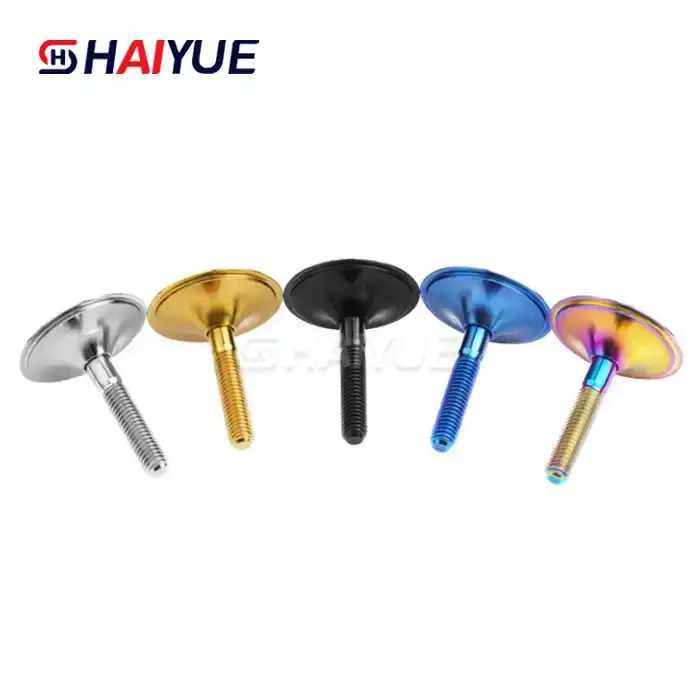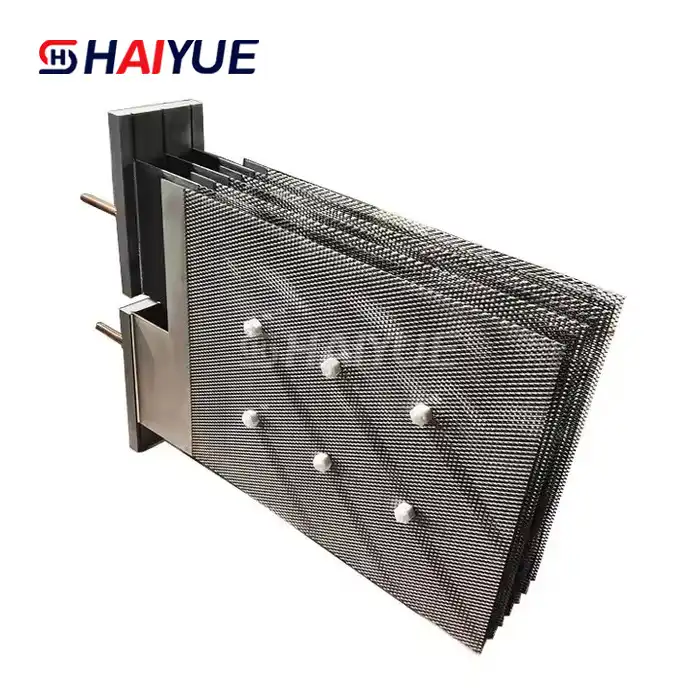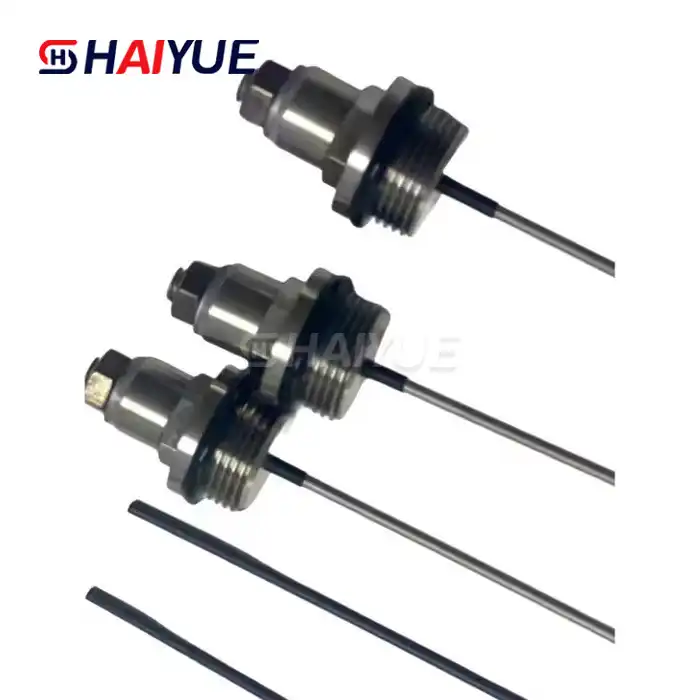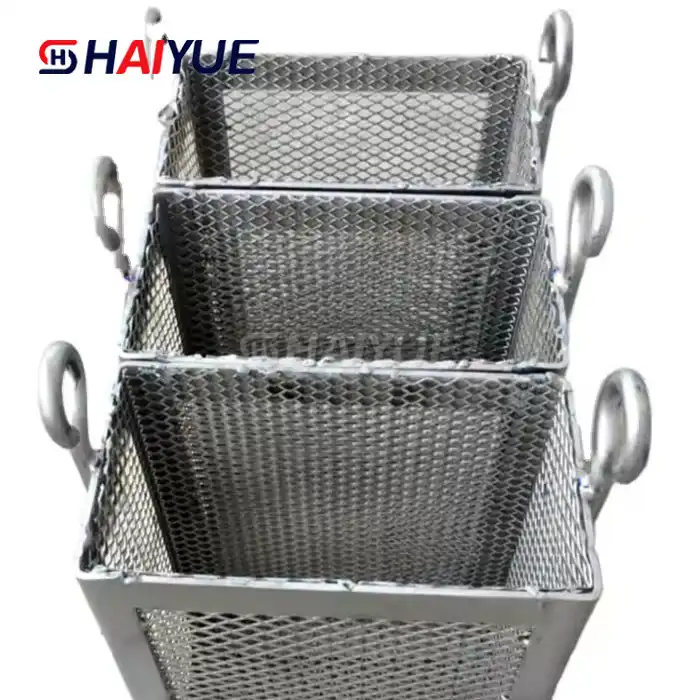
Understanding Titanium Headset Top Cap Bolts
Before we dive into the tightening process, it's essential to understand what makes titanium headset top cap bolts special. Titanium is renowned for its strength, lightweight nature, and corrosion resistance. These properties make it an ideal material for bike components, especially in areas that require durability without adding unnecessary weight.
Titanium headset top cap bolts are typically used in high-end or custom bike builds. They're responsible for preloading the headset bearings, which is crucial for proper steering function. However, titanium's unique properties also mean it requires different handling compared to steel or aluminum bolts.
The Importance of Proper Tightening
Correctly tightening titanium headset top cap bolts is vital for several reasons:
- Ensures proper headset preload
- Prevents damage to the bolt or surrounding components
- Maintains the bike's steering performance
- Extends the lifespan of your headset and fork
Overtightening can lead to stripped threads or even a snapped bolt, while under-tightening can result in a loose headset, potentially causing steering issues or damage to your bike's frame.
Tools and Preparation for Tightening Titanium Headset Bolts
Before you start tightening your titanium headset top cap bolts, it's crucial to have the right tools and prepare properly. This preparation will help ensure a smooth process and reduce the risk of damaging your bike components.
Essential Tools
Here's what you'll need:
- Torque wrench (preferably with a low torque range)
- Appropriate hex key or Torx bit (depending on your bolt type)
- Anti-seize compound (specific for titanium)
- Clean, lint-free cloth
- Degreaser (if needed)
A torque wrench is particularly important when working with titanium bolts. These tools allow you to apply a specific amount of torque, reducing the risk of over-tightening.
Preparation Steps
- Clean the bolt and surrounding area with a degreaser if necessary.
- Inspect the bolt and threads for any signs of damage or wear.
- Apply a small amount of anti-seize compound to the bolt threads. This helps prevent galling, a common issue with titanium fasteners.
- Ensure your work area is clean and well-lit.
Taking these preparatory steps will make the tightening process smoother and help protect your valuable titanium components.
Step-by-Step Guide to Tightening Titanium Headset Top Cap Bolts
Now that we're prepared, let's walk through the process of tightening your titanium headset top cap bolts. Remember, patience is key – rushing this process can lead to costly mistakes.
Initial Adjustment
Start by loosening the stem bolts that clamp the stem to the steerer tube. This allows the headset to be adjusted properly. Then, begin tightening the top cap bolt by hand. This helps you feel for any resistance and prevents cross-threading.
Preload the Headset
Continue tightening the top cap bolt with your hex key or Torx bit until you feel a slight resistance. This indicates that the headset is beginning to preload. At this point, check that the fork turns smoothly without any play.
Final Tightening with Torque Wrench
Once you've achieved the correct preload, it's time to use your torque wrench. Set the wrench to the manufacturer's recommended torque – typically between 2-4 Nm for titanium headset top cap bolts. Apply torque slowly and steadily until you reach the specified value.
Double-Check and Adjust
After tightening to the correct torque, check the headset again for smooth operation and absence of play. If everything feels good, re-tighten the stem bolts to secure the stem to the steerer tube.
Remember, titanium bolts may feel different when tightening compared to steel or aluminum. They might seem "gritty" or "sticky" – this is normal and doesn't necessarily indicate a problem.
Common Mistakes to Avoid
When working with titanium headset top cap bolts, be aware of these common pitfalls:
- Over-tightening: Titanium can be damaged more easily than steel when over-tightened.
- Using the wrong tools: Always use the correct size hex key or Torx bit to avoid stripping the bolt head.
- Neglecting anti-seize: Always use an appropriate anti-seize compound to prevent galling.
- Ignoring manufacturer specifications: Different bikes may have different torque requirements – always check your manual.
By following these steps and avoiding common mistakes, you'll be able to tighten your titanium headset top cap bolts safely and effectively, ensuring optimal performance and longevity of your bike's components.
Maintenance Tips for Titanium Headset Bolts
Proper maintenance of your titanium headset top cap bolts can significantly extend their lifespan and maintain your bike's performance. Here are some essential tips to keep in mind:
Regular Inspection
Periodically check your titanium headset bolts for signs of wear, corrosion, or damage. Look for any visible deformation, thread damage, or discoloration. If you notice any issues, it's best to replace the bolt to prevent potential failures.
Cleaning and Lubrication
Clean your titanium bolts regularly, especially if you ride in dusty or wet conditions. Use a mild soap and water solution, avoiding harsh chemicals that could damage the titanium. After cleaning, make sure the bolts are completely dry before re-applying a thin layer of titanium-specific anti-seize compound.
Proper Storage
If you need to remove the bolts for any reason, store them in a dry, clean place. Avoid mixing them with steel tools or components, as this can lead to galvanic corrosion.
Periodic Re-torquing
Even with proper initial tightening, headset bolts can loosen over time due to vibration and regular use. It's a good practice to check and re-torque your titanium headset top cap bolts every few months or after particularly rough rides.
By following these maintenance tips, you'll ensure that your titanium headset top cap bolts continue to perform optimally, providing you with smooth, reliable steering for years to come.
Conclusion
Tightening titanium headset top cap bolts might seem daunting at first, but with the right tools, knowledge, and care, it's a straightforward process. Remember, the key is to use the correct torque, apply anti-seize compound, and perform regular maintenance. By following the steps and tips outlined in this guide, you'll be able to maintain your bike's headset effectively, ensuring smooth steering and protecting your valuable titanium components.
For cyclists and bike enthusiasts looking for high-quality titanium components, Baoji Haiyue offers an extensive range of titanium products. Our advanced manufacturing processes, including state-of-the-art CNC machinery and sophisticated heat treatment facilities, ensure top-notch quality and consistency in all our products. Whether you need titanium bolts, tubes, or other advanced materials, we have the expertise to meet your needs.
Interested in learning more about our titanium products or have questions about your specific application? Don't hesitate to reach out. Contact us at Jolina@bjhyti.com for expert advice and support. Let Baoji Haiyue help you elevate your cycling experience with our premium titanium components.
References
1. Smith, J. (2021). "The Complete Guide to Bicycle Headsets and Bearings." Cycling Weekly.
2. Johnson, M. (2020). "Titanium in Cycling: Properties, Benefits, and Maintenance." Bicycle Quarterly.
3. Park Tool. (2022). "Headset Adjustment and Maintenance." Park Tool Website.
4. Brown, S. (2019). "Working with Titanium Fasteners in Bicycle Maintenance." Sheldon Brown's Bicycle Technical Info.
5. Thompson, L. (2023). "Advanced Materials in Modern Bicycle Design: Focus on Titanium." Journal of Cycling Technology.
_1740797217717.webp)


